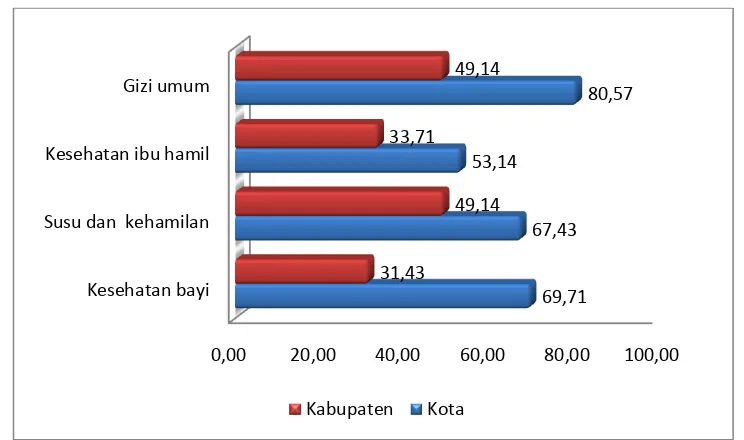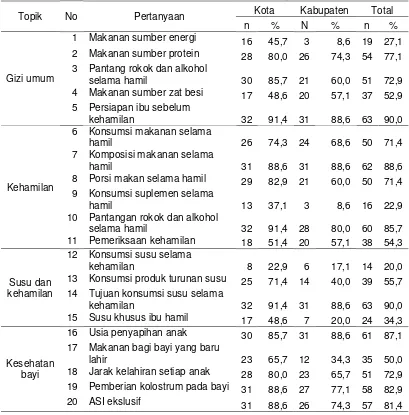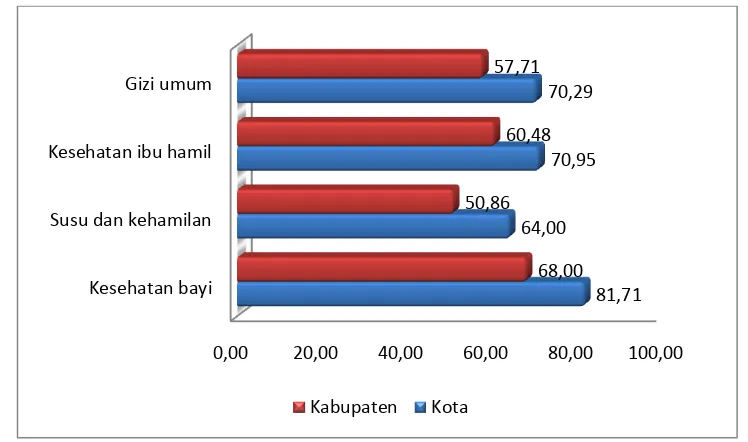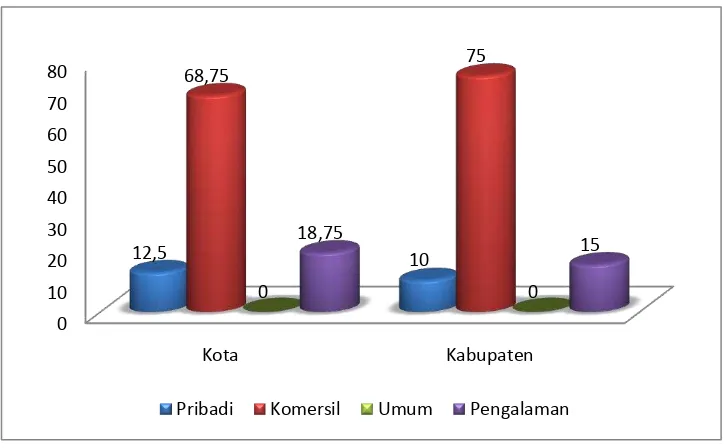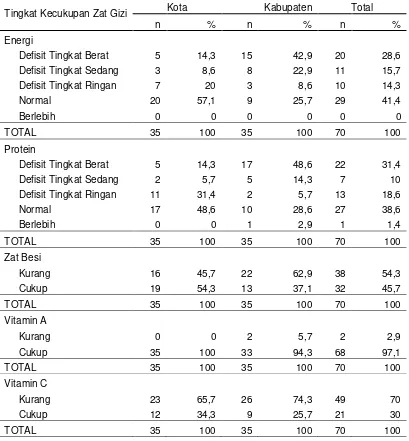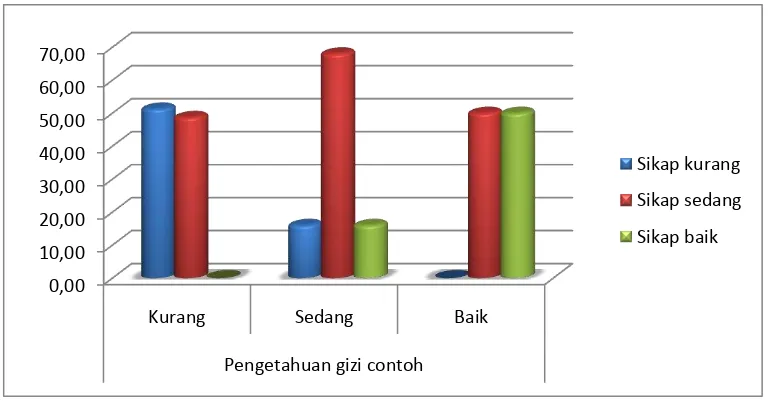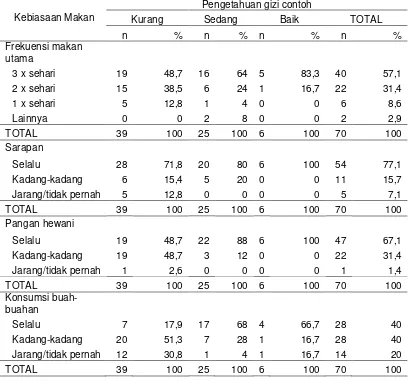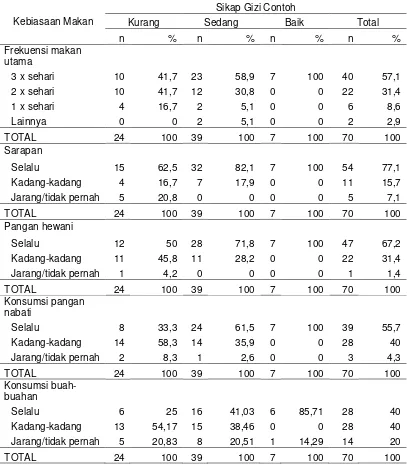I. Introduction: Nutritional Needs of Pregnant Women
This research paper, 'Pengetahuan dan sikap gizi, praktek konsumsi susu serta status gizi ibu hamil,' investigates the nutritional knowledge, attitudes, milk consumption practices, and nutritional status of pregnant women in Bogor, Indonesia. The introduction highlights the critical role of nutrition during pregnancy for fetal development and the prevention of adverse outcomes such as intrauterine growth retardation (IUGR) and low birth weight (LBW). It emphasizes the importance of adequate nutrient intake, particularly citing milk as a significant food source for pregnant women. The introduction also provides context by referencing the considerable number of commercially available milk products specifically designed for pregnant and lactating women, indicating the commercial significance of this population group. The general objective is stated clearly: to study the relationship between nutritional knowledge and attitude, milk consumption, and nutritional status of pregnant women.
II. Literature Review: Nutritional Knowledge, Attitudes, and Milk Consumption
This section delves into the existing literature on nutritional knowledge, attitudes, and milk consumption during pregnancy. It examines the influence of factors such as education, income, and access to information on nutritional choices. Key concepts discussed include the definition of nutritional knowledge, its measurement through methods like multiple choice tests, and its relationship with attitudes and dietary practices. The review explores various theoretical frameworks explaining consumer behavior related to food choices, highlighting the interplay of individual characteristics, environmental factors, and marketing stimuli. The importance of nutritional knowledge in making informed dietary decisions is emphasized, along with the role of different information sources, such as media and healthcare professionals, in shaping nutritional practices during pregnancy.
III. Research Methodology: Study Design and Data Collection
The methodology section details the research design, participant selection, and data collection methods employed in this cross-sectional study. The study was conducted in Bogor, Indonesia, using a purposive sampling method focusing on pregnant women in their third trimester. The sample size calculation, based on existing prevalence data of energy deficiency in pregnant women, is clearly outlined. The data collection involved structured questionnaires and 24-hour dietary recalls to gather information on demographic characteristics, nutritional knowledge and attitudes, milk consumption practices, and dietary intake. The use of validated instruments and data analysis techniques for both descriptive and inferential statistics (e.g., t-tests, correlation analysis) is described. The rigorous approach highlights the study's commitment to reliability and validity.
IV. Results: Characteristics of Participants and Their Nutritional Practices
This section presents the findings of the study, organized by key variables. Descriptive statistics are used to present the characteristics of the participants, including their age, education, occupation, family income, and pregnancy history. The results on nutritional knowledge and attitudes are presented, along with an analysis of their relationships with milk consumption patterns. Dietary intake data obtained from 24-hour recalls are analyzed to assess the adequacy of energy and nutrient intake. The nutritional status of pregnant women, as determined by anthropometric measurements and BMI calculations, is also reported. The section provides a comprehensive summary of the data, laying the groundwork for subsequent interpretation and discussion.
V. Discussion: Interpretation of Findings and Implications
The discussion section interprets the research findings in relation to the existing literature. The relationships between nutritional knowledge, attitudes, milk consumption practices, and nutritional status are analyzed and interpreted. Any significant correlations or lack thereof are discussed, along with potential explanations for the observed patterns. The findings are discussed in the context of the theoretical framework presented in the literature review. The section also considers the limitations of the study, such as the cross-sectional design, and suggests areas for future research. Implications for public health interventions and educational programs aimed at improving maternal nutrition are discussed, based on the identified relationships between the studied variables.
VI. Conclusion: Summary of Key Findings and Recommendations
The conclusion summarizes the main findings of the study, reiterating the key relationships observed between nutritional knowledge, attitudes, milk consumption, and nutritional status of pregnant women in Bogor. The study's contribution to the understanding of maternal nutrition is highlighted. Based on the findings, recommendations are made regarding strategies for improving maternal nutrition and preventing adverse pregnancy outcomes. The recommendations may include targeted educational programs to improve nutritional knowledge and attitudes, interventions to promote healthy dietary behaviors, and policies to improve access to nutritious foods, including milk products. The concluding remarks emphasize the significance of the study's findings for healthcare professionals and policymakers.
